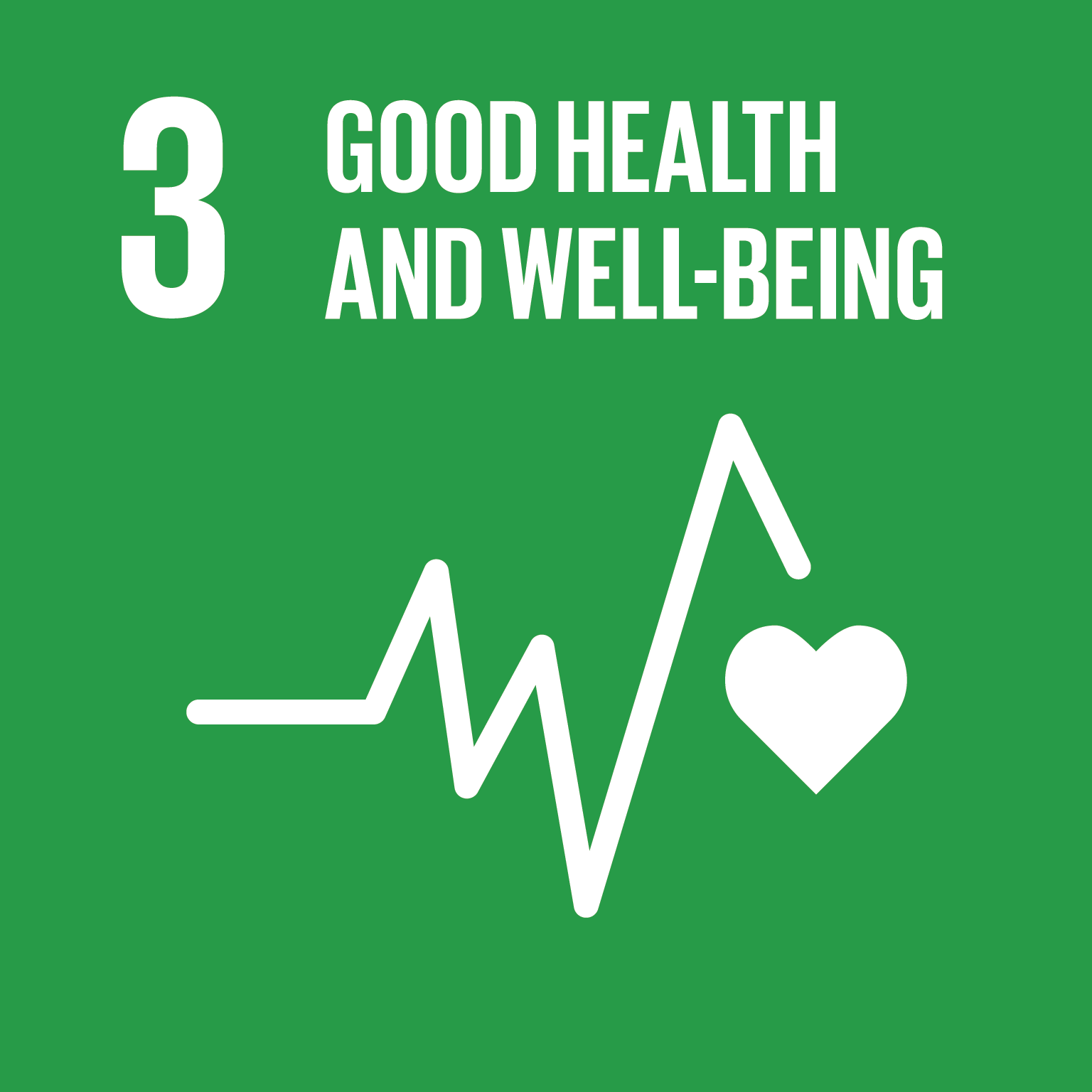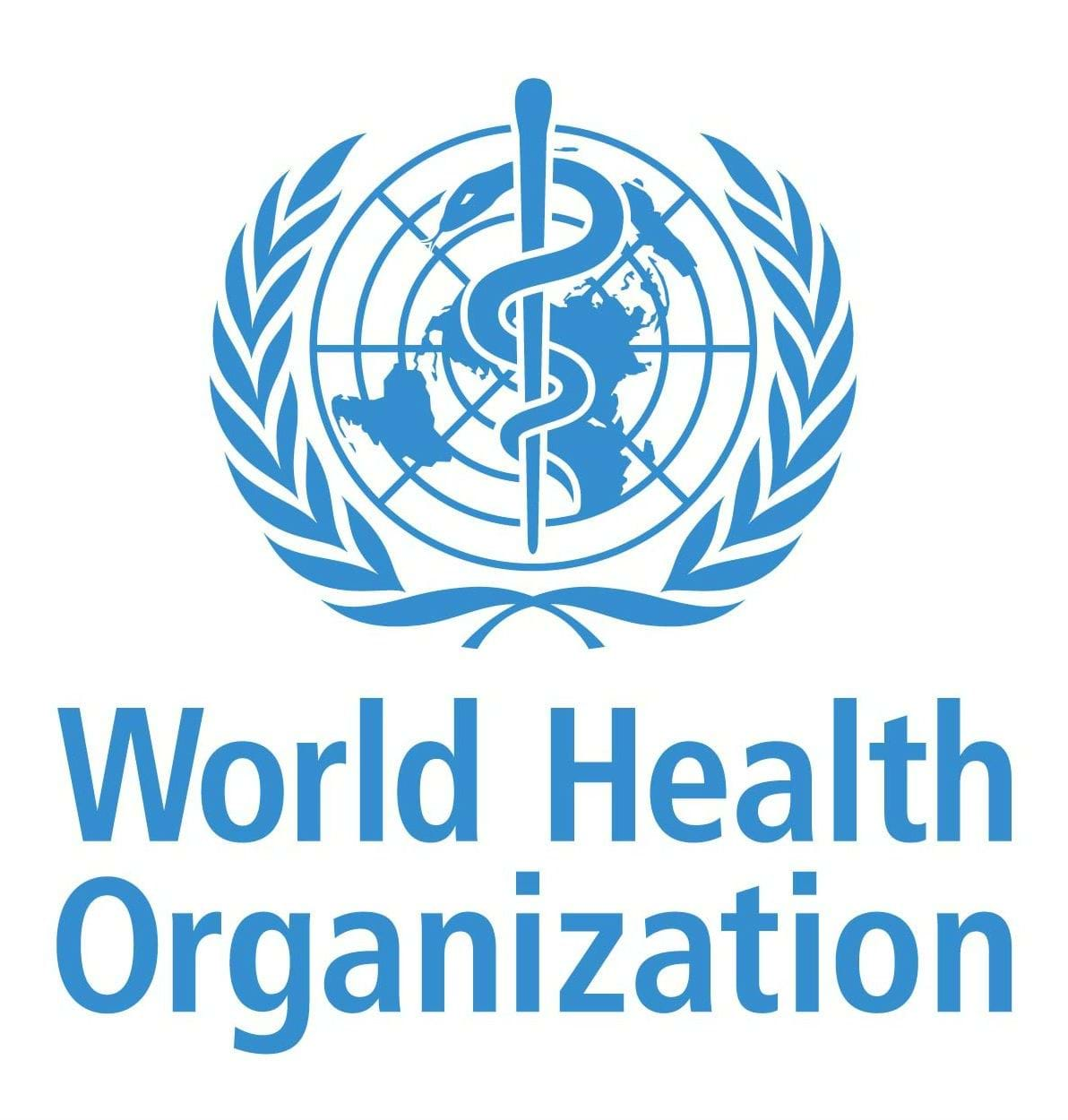Good Health and Wellbeing
Description
Good health and wellbeing are multidimensional in nature and rely on local or virtual access to culturally safe healthcare services (including medical, paramedical, mental health, and dental care) and social services in adequately resourced facilities with appropriate trained staff; and social security to support individuals with inadequate income for a decent standard of living to support their family’s good health and wellbeing. Co-designed culturally appropriate approaches address complex unwellness challenges, including deaths of despair. Community health and wellbeing outcomes are monitored to identify disparities and support or strengthen good outcomes. Poverty, wealth inequality, addiction, homelessness, and other barriers to good health and wellbeing are approached not from a deficit perspective, but with a systems lens, focused on expanding community assets and addressing the root causes of social and economic inequity.
Share this Subissue on:LinkedIn
Resources
Sustainable Development Goal #3 - Ensure healthy lives and promote well-being for all at all ages
The Sustainable Development Goals (SDGs) are a collection of 17 interlinked global goals that outline the path to creating a better and more sustainable future for all. This is a good hub for information, resources, and news on SDG #3, which focuses on health and wellbeing. It provides an overview with helpful infographics; information on targets, indicators, and progress; and features relevant publications and events.
Driving Co-Benefits for Climate and Health: how private sector action can accelerate progress
This report from Forum for the Future and Walgreens Boots Alliance can help you to understand the potential effects of climate change impacts on public health, as well as the actions that businesses can take to support positive health outcomes. The guidance in this document has been developed from a series of round-table discussions that brought together businesses, NGOs, scientists, government advisors, and philanthropists, with a focus on three intersecting climate and health topics: air pollution, nutrition, and malaria. This resource would be of particular value to sustainability professionals in explaining the business case for action on intersecting climate and health issues; delivering a framework for action to senior leaders; and sharing practical ways to drive positive change within the workplace, supply chain, and communities beyond.
Lancet Countdown on Health and Climate Change data explorer
This dashboard from the Lancet Countdown can help you understand the impacts of climate change on human health and the economy through data visualisation. It assesses a wide range of topics, including climate health hazards, adaptation measures, the health co-benefits of mitigation, the financial cost of climate change, and trends in the discourse around climate and health. This is a good resource for sustainability and enterprise risk managements teams that need to communicate climate impacts to business leaders, peers, and suppliers.
The Beyond Zero Harm Framework (BZH)
This framework from the Devonshire Initiative can help you to discuss, define, measure, and analyse community wellbeing. The framework is laid out in four-phases and is designed to complement existing company initiatives for baseline data collection and existing community planning and development processes. It features two different types of indicators for measuring well-being measurement: indicators that are pre-defined (core indicators), which cover an inclusive range of categories such as education, health, and safety, and indicators that are jointly-defined with communities (co-created indicators), which are developed through guided dialogue and reflect local realities. This combination helps to ensure that what is measured is relevant to both global development standards and local context.
Although this framework was designed to address gaps in the collection of consistent and meaningful data on community well-being in locations where mining companies operate, the framework can be applied beyond the context of the extractive sector.
Healthy Built Environment Linkages Toolkit
This toolkit from British Columbia's Center for Disease Control brings together research-based outcomes that connect land-use planning decisions and impacts on the built environment with population health. It features a framework that can help you to understand how population health is influenced by the design of our neighbourhoods, housing, transportation systems, natural environments, and food systems. It also explains how to engage with local governments, and highlights key considerations for practice. This resource will be of use to sustainability professionals whose companies are assisting and collaborating with local governments to build healthier urban environments.
Healthy People 2030: Social Cohesion
This brief literature summary from the U.S. Department of Health and Human Services can help you understand how social cohesion within a community affects human health. It outlines a variety of social cohesion measures including social capital, collective efficacy, and social networks. This resource will be most useful to community relations and sustainability teams concerned with the resilience of the local communities their business is embedded in.
The Vitality of Forests: Illustrating the Evidence Connecting Forests and Human Health
This resource from WWF can help you to understand how forests and human health influence each other, and well as how conservation, protection, and restoration of the world’s forests is crucial to safeguarding and promoting human health and managing climate change and biodiversity loss. Synthesising key research, the report explores five categories of potential interactions between forests and human health: noncommunicable diseases like cancer and diabetes, environmental exposure, food and nutrition, physical hazards, and infectious diseases. It also identifies major information gaps and highlights paths for environmental and health sectors to collaborate.
This report does a great job of explaining the importance of forests beyond their recreational, carbon sequestration, and biodiversity conservation potential, and will be of benefit to any professionals in sustainability, community relations, procurement, resource management, and beyond who are working to address deforestation.
WELL Building Standard
This research-informed resource from the International WELL Building Institute (IWBI) will help you to create and support thoughtful and intentional spaces that enhance human health and well-being. WELL draws upon the expertise of medical professionals, public health experts, building scientists, and thousands of other practitioners and WELL users to advance the quality of life of workers. The standard addresses ten key concepts such as air, light, thermal comfort, movement, and materials in the workplace, and provides evidence-based recommendations for performance-testing and optimisation.
WELL Community Standard
The WELL Community Standard was created to support the development of health-focused, integrated, and supported communities. This standard builds upon the WELL Building Standard, and aims to protect and positively impact the health and wellbeing of peoples in the public spaces where they spend their days. It is organised into ten concepts, including air, water, light, sound, materials, and mind, and within each concept are features that address specific and associated aspects of the health and well-being of community members.
Although the WELL Community Standard is in its pilot stage, this is an excellent starting point for change agents and leaders that want to learn of the opportunities to make positive contributions and interventions in communities.
World Health Statistics 2023 Monitoring Health for the SDGs, Sustainable Development Goals
The World Health Statistics report is the World Health Organisation's (WHO) annual compilation of health and health-related indicators. The 2023 edition reviews more than 50 health-related indicators from the Sustainable Development Goals (SDGs) and the WHO’s Thirteenth General Programme of Work (GPW 13). It explores key issues and trends in global health; provides summaries on the status of health-related SDGs and GPW 13 indicators; and provides a glimpse into the near future of global life expectancy and noncommunicable diseases. This resource will benefit change agents and other business professionals that want to learn more about the trajectory of health-related SDGs so that they can better allocate resources to support positive change.
Health at a Glance 2023
Health at a Glance provides the latest comparable data and trends on different aspects of the performance of health systems in numerous countries. It features a comprehensive set of indicators on global health status, key risk factors for health, access to and quality of healthcare, health expenditures, and more. This resource will be especially useful for sustainability professionals who want to learn more about opportunities to support national health systems and initiatives.
Monitoring health for the SDGs
This directory provides data, information, and links to resources for health-related targets from among the Sustainable Development Goals.
Healthy People, Healthy Business: How business can contribute to realizing global health
This report from WBCSD can help you understand how you can integrate health and wellbeing into your business strategy and operations. The first section explains why health and well-being are critical not just to sustainable development but also to long-term business prosperity and resilience; the second outlines the role of business in advancing global health; and the third section presents an impact framework offering practical guidance on the actions businesses can take to support employees, consumers, communities, and planetary health. This wide-ranging guidance will be useful to many, including sustainability, HR, communications, marketing, and community relations professionals.











